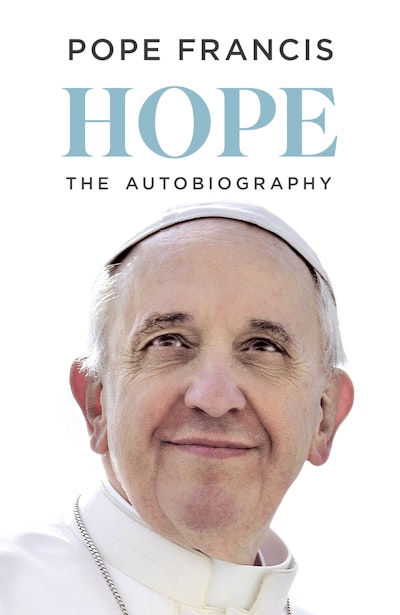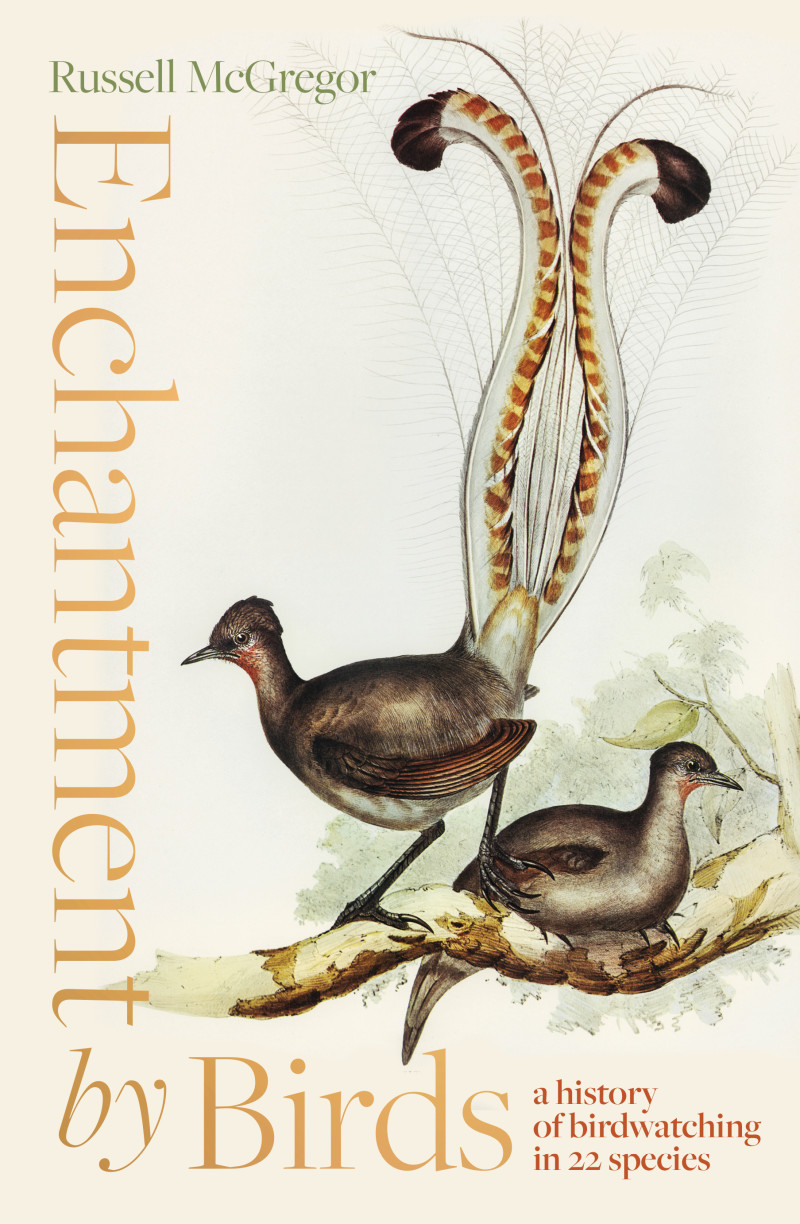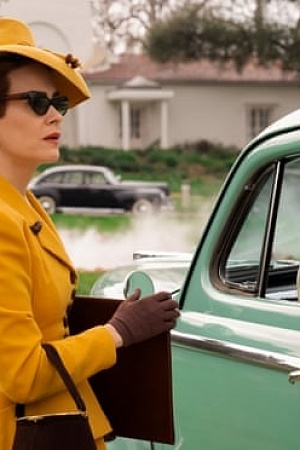Joker
Since his creation in Batman #1 in 1940, there have been many attempts to flesh out the psychological make-up of the Joker, chief antagonist to the (arguably more) heroic Batman, in various comic and film adaptations. Perhaps the earliest ‘serious’ attempt was Alan Moore and Brian Bolland’s 1998 graphic novel, The Killing Joke, which endeavored to humanise the hapless Arthur Fleck and to explain his transition to the psychopathic Joker as a result of disenfranchisement and falling into a lake of transfiguring chemicals (instead of simply the latter, as depicted in more light-hearted early versions).
In the most recent iteration of the Joker, director Todd Phillips sensibly eschewed the absurd trope of a super villain being created as result of a chemical accident, in favour of a purely psychological basis for his villainy. Drawing on thrillers in the vein of Martin Scorsese films set in grimy metropolises of 1970s and 1980s America, and Christopher Nolan’s Dark Knight trilogy, Phillips largely succeeds in providing an iconic character with a satisfying backstory, thanks largely to a nuanced and mesmerising performance by Joaquin Phoenix in the titular role.
Continue reading for only $10 per month. Subscribe and gain full access to Australian Book Review. Already a subscriber? Sign in. If you need assistance, feel free to contact us.















Leave a comment
If you are an ABR subscriber, you will need to sign in to post a comment.
If you have forgotten your sign in details, or if you receive an error message when trying to submit your comment, please email your comment (and the name of the article to which it relates) to ABR Comments. We will review your comment and, subject to approval, we will post it under your name.
Please note that all comments must be approved by ABR and comply with our Terms & Conditions.